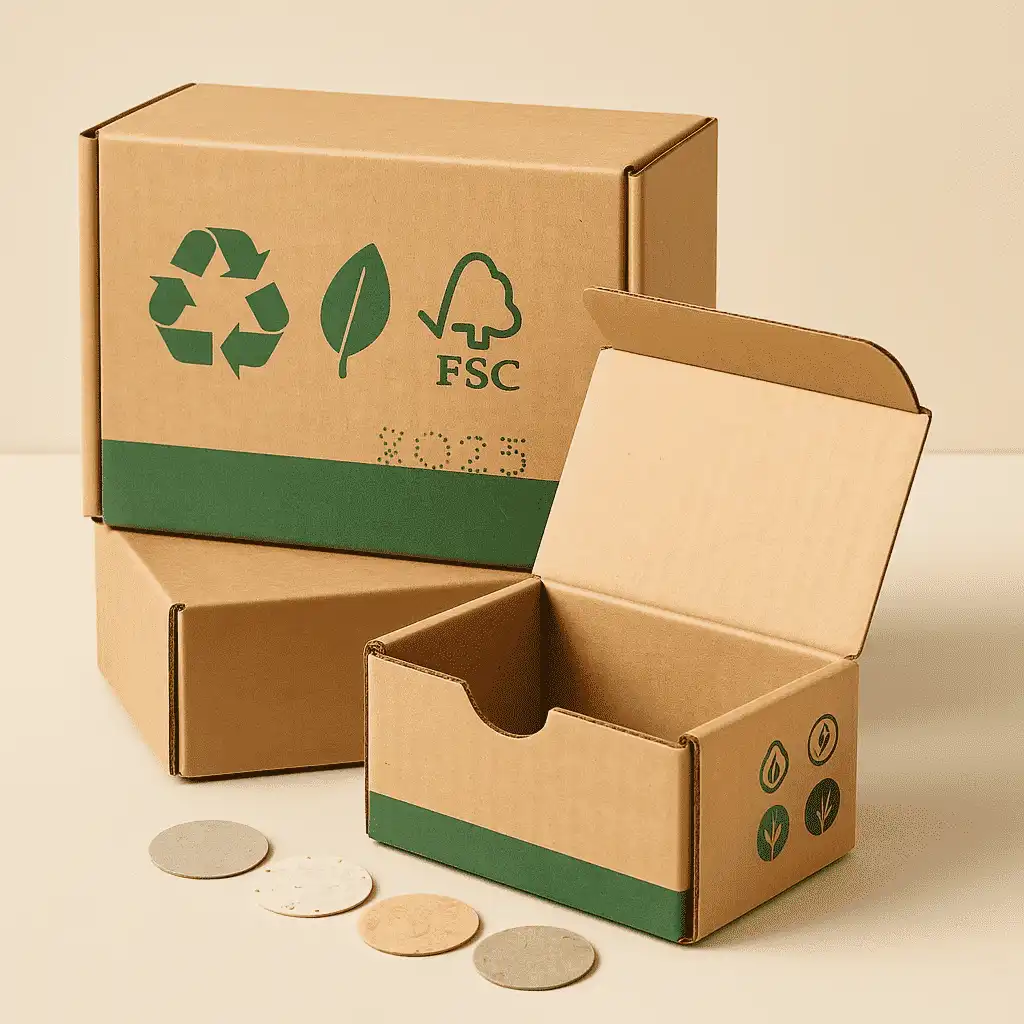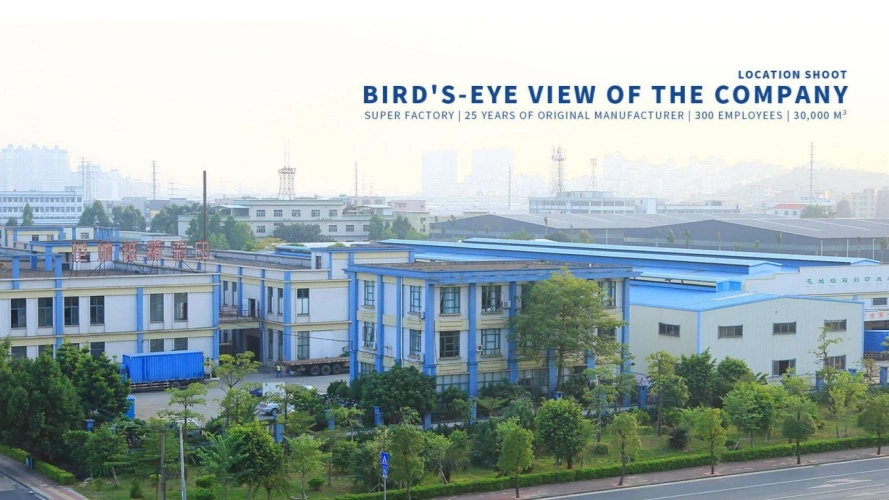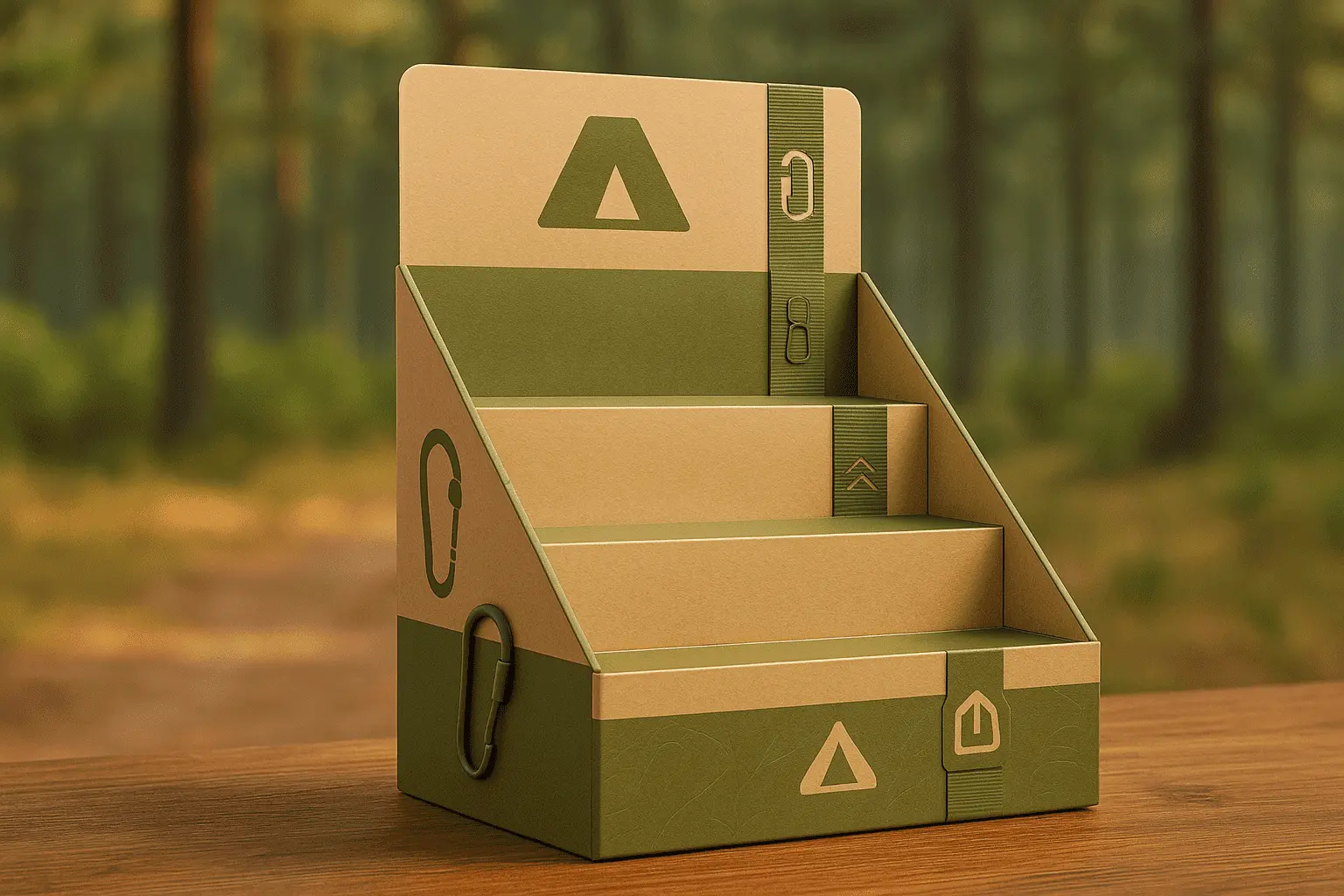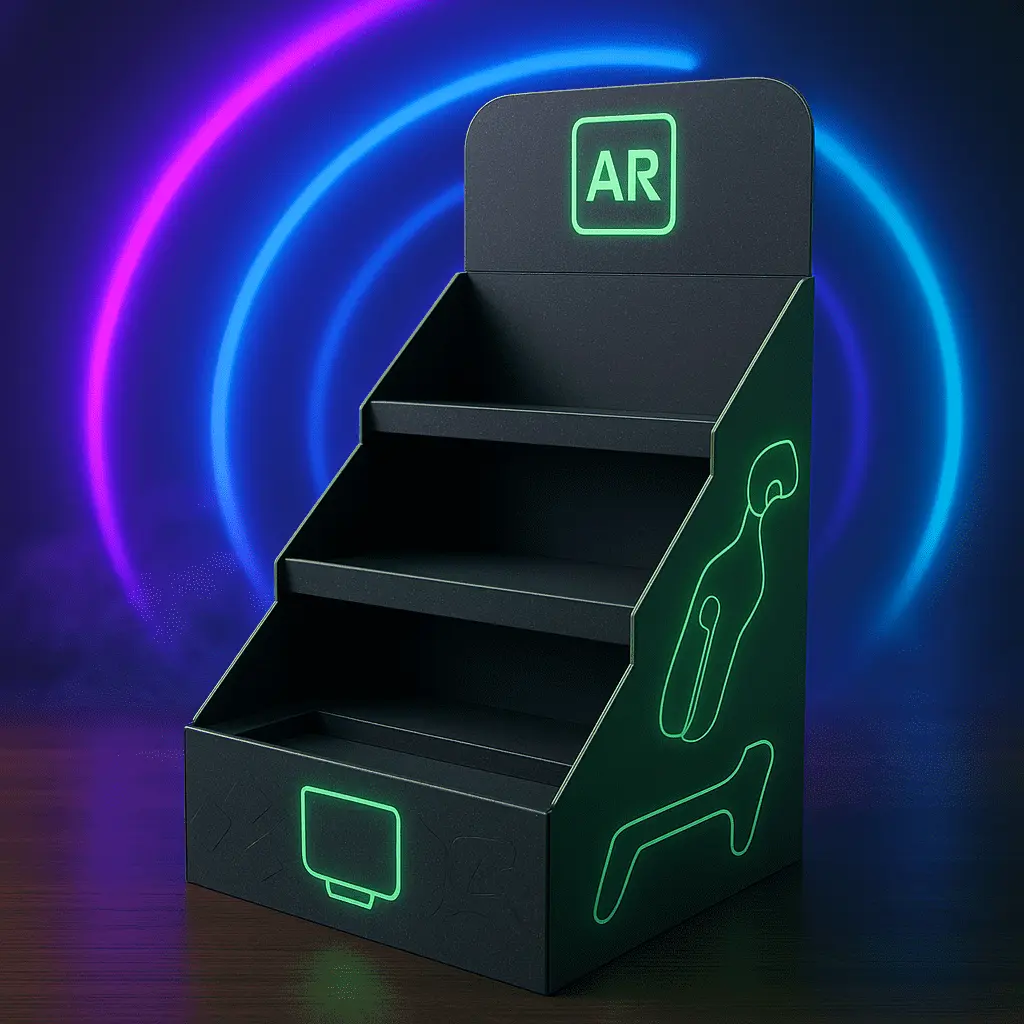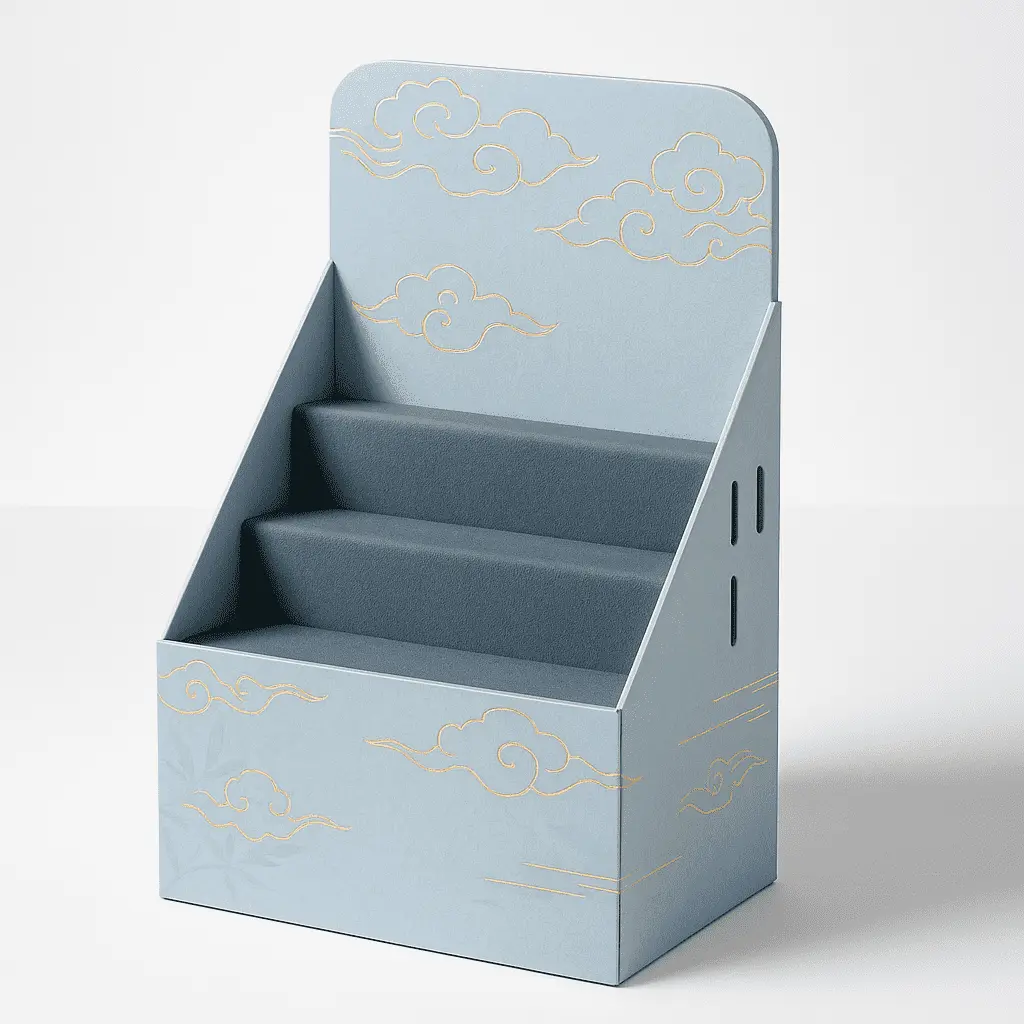The Unmatched Benefits of Corrugated Packaging in Modern Shipping
Superior Protection for Diverse Products
Corrugated packaging excels in safeguarding a wide array of items during transit. Its unique structure, consisting of an arched layer (called fluting) sandwiched between two flat linerboards, creates a robust yet lightweight material. This ingenious design distributes impact forces across the surface, significantly reducing the risk of damage to the contents inside. The air pockets within the fluted layer act as a cushion, absorbing shocks and vibrations that occur during handling and transportation. Moreover, corrugated packaging can be easily customized with additional protective elements such as dividers, inserts, or cushioning materials, further enhancing its protective capabilities for delicate or valuable items.
Versatility in Design and Application
One of the most compelling aspects of corrugated packaging is its remarkable versatility. It can be engineered to accommodate products of virtually any size, shape, or weight. From small, lightweight electronics to large, heavy appliances, corrugated boxes can be tailored to provide the perfect fit. This adaptability extends to the structural design as well. Packaging engineers can create innovative solutions like multi-compartment boxes, display-ready packaging, or specialized inserts to meet specific product requirements. The printability of corrugated material also allows for high-quality graphics and branding, turning the packaging into a powerful marketing tool. This flexibility makes corrugated packaging suitable for a vast range of industries, from food and beverage to pharmaceuticals and beyond.
Cost-Effectiveness and Efficiency in Logistics
In the competitive world of shipping and logistics, cost-effectiveness is paramount, and corrugated packaging delivers on this front. Its lightweight nature helps reduce shipping costs, which are often based on weight. Despite its low weight, corrugated packaging offers excellent strength-to-weight ratio, ensuring products are well-protected without incurring excessive shipping charges. The efficiency of corrugated packaging extends to storage and handling as well. Flat-packed corrugated boxes take up minimal space in warehouses, reducing storage costs. When needed, they can be quickly assembled, streamlining the packing process. This efficiency translates to faster order fulfillment and reduced labor costs. Additionally, the standardized sizes of many corrugated boxes optimize space utilization in shipping containers and trucks, further enhancing logistical efficiency.
Sustainability: The Eco-Friendly Edge of Corrugated Packaging
Recyclability and Circular Economy
In an era of increasing environmental consciousness, the sustainability of packaging materials has become a crucial consideration for businesses and consumers alike. Corrugated packaging shines in this aspect, boasting impressive recyclability credentials. Made primarily from paper, which itself is often recycled, corrugated boxes can be easily recycled again after use. This high recyclability rate contributes significantly to the circular economy, reducing waste and conserving resources. Many corrugated boxes contain a high percentage of recycled content, further minimizing their environmental impact. The recycling process for corrugated packaging is well-established and efficient, with dedicated facilities capable of processing large volumes of material. This closed-loop system ensures that corrugated packaging can be recycled multiple times, extending its lifecycle and reducing the demand for virgin materials.
Biodegradability and Reduced Environmental Impact
Beyond recyclability, corrugated packaging offers another environmental advantage: biodegradability. Unlike plastic-based packaging materials that can persist in the environment for hundreds of years, corrugated cardboard naturally decomposes over time. This biodegradability significantly reduces the long-term environmental impact of packaging waste. Moreover, the production of corrugated packaging has a relatively low carbon footprint compared to many alternative materials. The paper industry, which supplies the raw materials for corrugated packaging, has made substantial strides in sustainable forestry practices. Many manufacturers now source their paper from responsibly managed forests, ensuring that trees are replanted and ecosystems are preserved. This commitment to sustainable sourcing further enhances the eco-friendly profile of corrugated packaging.
Innovations in Sustainable Corrugated Packaging
The corrugated packaging industry is not resting on its laurels when it comes to sustainability. Ongoing research and development are yielding innovative solutions to further reduce the environmental impact of packaging. For instance, some manufacturers are exploring plant-based waxes and coatings to replace traditional petroleum-based options, enhancing the package's water resistance without compromising its recyclability. Others are developing lighter-weight corrugated materials that maintain strength while using fewer resources. Advanced manufacturing techniques are also being employed to create corrugated packaging with improved cushioning properties, potentially reducing the need for additional protective materials. These innovations demonstrate the industry's commitment to continuous improvement in sustainability, ensuring that corrugated packaging remains an environmentally responsible choice for the future.
The Future of Corrugated Packaging in E-Commerce and Beyond
Adapting to the E-Commerce Boom
The explosive growth of e-commerce has ushered in a new era for corrugated packaging. As online shopping continues to surge, the demand for reliable, cost-effective packaging solutions has skyrocketed. Corrugated packaging has risen to this challenge, proving its adaptability in the face of changing market dynamics. E-commerce retailers require packaging that can withstand the rigors of individual shipment, often involving multiple handling points and varying transportation conditions. Corrugated boxes excel in this environment, offering the necessary protection while remaining lightweight and cost-effective. Moreover, the industry is responding to the unique needs of e-commerce with innovative designs. For instance, frustration-free packaging, which is easy to open and dispose of, is gaining popularity among online retailers. Similarly, right-sized packaging solutions are being developed to minimize void fill and reduce shipping costs, addressing the issue of oversized boxes that has plagued e-commerce logistics.
Technological Advancements in Corrugated Packaging
The corrugated packaging industry is embracing cutting-edge technologies to enhance its products and processes. Digital printing technologies are revolutionizing the way corrugated boxes are decorated, allowing for high-quality, full-color prints even on small production runs. This capability enables brands to create more personalized, eye-catching packaging that stands out in the crowded e-commerce landscape. On the manufacturing front, advanced automation and robotics are improving production efficiency and consistency. These technologies enable faster production times, reduced waste, and more precise customization of packaging solutions. Additionally, the integration of smart packaging technologies is opening up new possibilities. QR codes, RFID tags, and near-field communication (NFC) chips can be incorporated into corrugated packaging, enabling track-and-trace capabilities, authenticity verification, and interactive consumer experiences. These technological advancements are positioning corrugated packaging at the forefront of innovation in the packaging industry.
Meeting Evolving Consumer Expectations
As consumer awareness of environmental issues grows, there's an increasing demand for sustainable packaging solutions. Corrugated packaging is well-positioned to meet these evolving expectations. Its recyclable and biodegradable nature aligns with the values of environmentally conscious consumers. Furthermore, the industry is responding to calls for reduced packaging waste by developing more efficient designs that minimize material use without compromising protection. The unboxing experience has also become a crucial aspect of consumer satisfaction, particularly in the e-commerce sector. Corrugated packaging offers ample opportunities for brands to create memorable unboxing moments through creative designs, high-quality printing, and innovative opening mechanisms. As consumers increasingly seek out brands that align with their values, the sustainability and versatility of corrugated packaging make it an attractive choice for companies looking to enhance their brand image and customer loyalty.
Conclusion
Corrugated packaging continues to reign supreme in the shipping world, firmly establishing itself as the go-to solution for businesses across industries. Its unparalleled combination of strength, versatility, and sustainability makes it uniquely suited to meet the challenges of modern logistics and e-commerce. As we look to the future, the corrugated packaging industry shows no signs of complacency, continuously innovating to enhance its products' performance, efficiency, and environmental credentials. From embracing new technologies to developing more sustainable solutions, corrugated packaging is evolving to meet the changing needs of businesses and consumers alike. Its ability to adapt and improve ensures that corrugated packaging will maintain its crown as the king of shipping materials for years to come.
FAQs
1. What makes corrugated packaging superior for shipping?
Corrugated packaging excels in shipping due to its strength, versatility, and cost-effectiveness. It provides excellent protection for various products, can be customized to fit different sizes and shapes, and is lightweight, reducing shipping costs.
2. Is corrugated packaging environmentally friendly?
Yes, corrugated packaging is highly recyclable and biodegradable. It's often made from recycled materials and can be recycled multiple times, contributing to a circular economy and reducing environmental impact.
3. How is corrugated packaging adapting to e-commerce needs?
The industry is developing innovative solutions like frustration-free packaging, right-sized boxes, and incorporating smart technologies such as QR codes and RFID tags to meet the unique challenges of e-commerce logistics and enhance customer experience.
Elevate Your Shipping Game with Premium Corrugated Packaging | Fetching Printing
At Fetching Printing, we're your trusted corrugated packaging supplier, factory, and manufacturer. With over two decades of experience, we offer customized packaging solutions that combine strength, sustainability, and style. Our state-of-the-art facility and expert team ensure top-quality products tailored to your specific needs. Elevate your shipping experience with our innovative corrugated packaging solutions. Contact us at support@fetchingprinting.com to discover how we can transform your packaging strategy.
References
Johnson, A. (2022). The Evolution of Corrugated Packaging in Global Logistics. Journal of Packaging Technology and Research, 15(3), 78-92.
Smith, B., & Brown, C. (2023). Sustainability in Packaging: A Comprehensive Analysis of Corrugated Materials. Environmental Science & Technology, 57(2), 1123-1135.
Lee, D. (2021). E-Commerce and the Future of Corrugated Packaging. International Journal of Retail & Distribution Management, 49(4), 401-415.
Garcia, M., & Rodriguez, N. (2022). Innovations in Corrugated Packaging: Meeting the Challenges of Modern Shipping. Packaging Science and Technology, 35(6), 789-803.
Thompson, R. (2023). The Role of Corrugated Packaging in Sustainable Supply Chains. Supply Chain Management: An International Journal, 28(2), 156-170.
White, K., & Green, L. (2021). Consumer Perceptions of Packaging Materials: A Focus on Corrugated Cardboard. Journal of Consumer Research, 48(3), 512-526.
